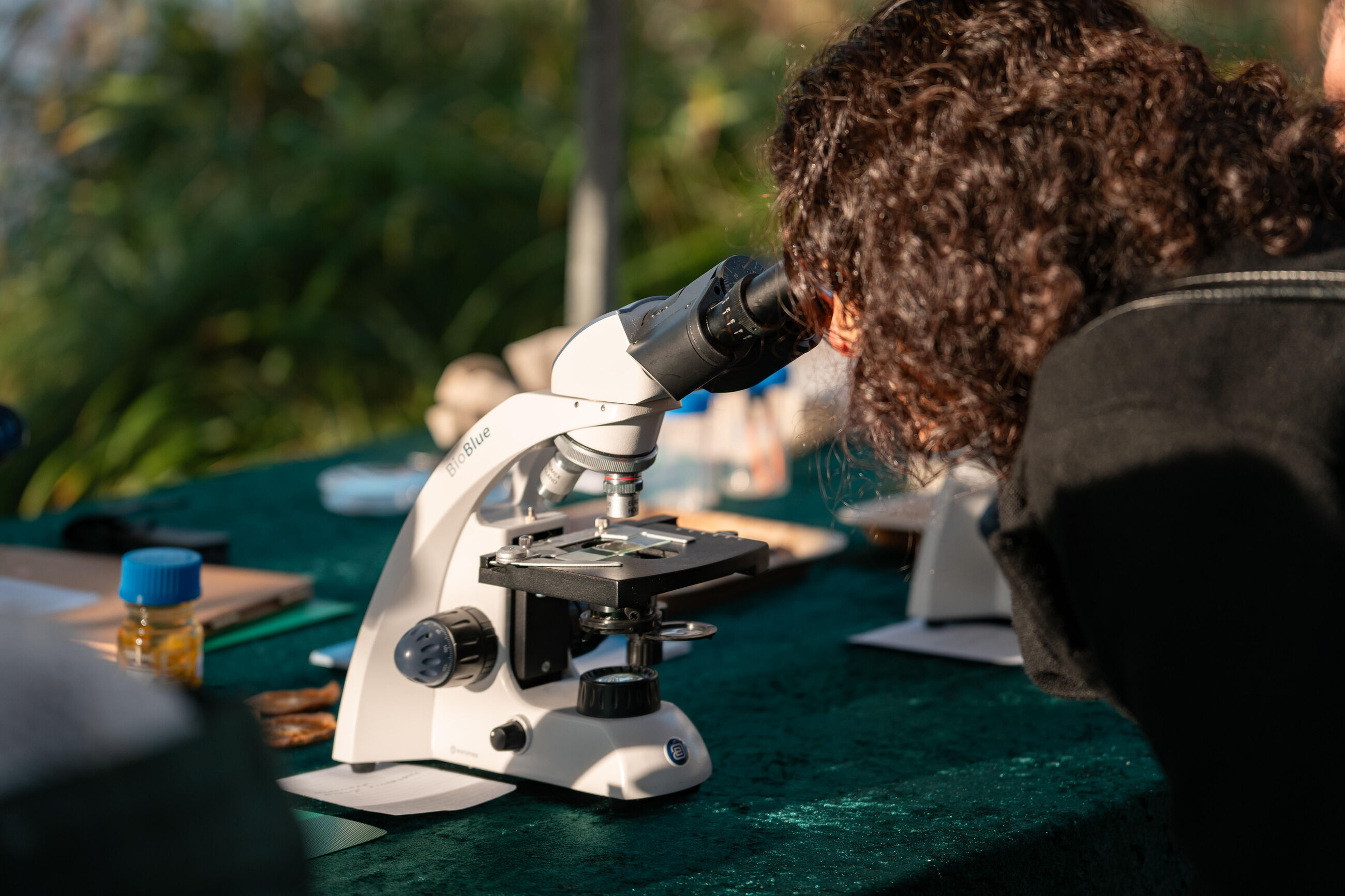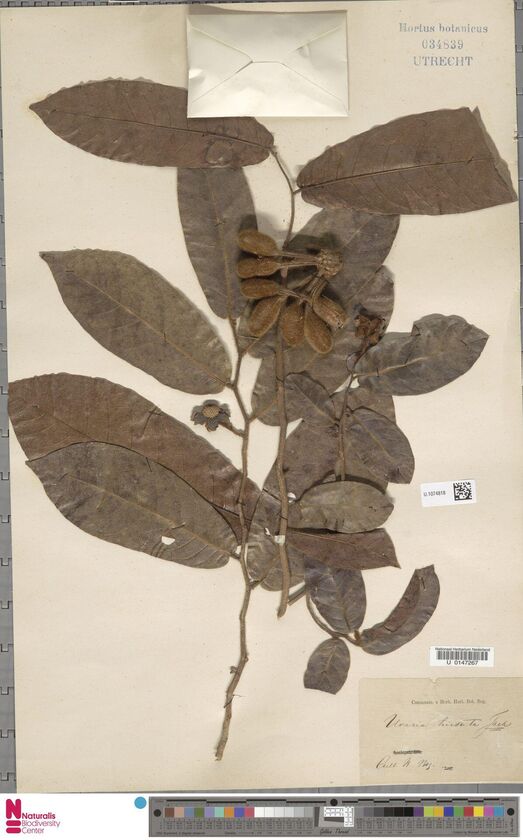Project: Trichome diversity & evolution in the plant genus Uvaria (Annonaceae)
Despite being well-known as climbers in tropical lowland forests, Uvaria (Annonaceae) were covered in trichomes starting from the upper part of their branches up to their fruits! The exact function of these specialized hairs remains unknown. In this project, we will observe the trichome diversity of this genus with a Scanning Electron Microscope (SEM).
What will you be doing?
· Working with herbarium material
· Imaging plant characters with an electronmicroscope
· Studying evolution of hairs in Uvaria and relating this character to their ecology
Who are you?
· Bsc in biology
· Interest in plant evolution and morphology
What do we offer?
· The most inspriring work location
· A place where you learn how research works with museum collections
· Supervision
Interested?
Mail your motivation letter and cv to Annas Rabbani (a.rabbani@biology.leidenuniv.nl) with cc to Sylvia Mota de Oliveira (sylvia.motadeoliveira@naturalis.nl) and Roderick Bouman (r.w.bouman@hortus.leidenuniv.nl).
About the project
The living plant collections of the Hortus botanicus Leiden offers a wonderful environment for a variety of projects from plant systematics to science communication. The botanical garden forms a natural bridge between science and society, and an internship at the garden offers you the opportunity to join a wide network and work on exciting and rare wonders from the natural world.
Many speculations or even hypotheses arise about the significance of trichomes in plants. It could be for protecting the young buds, deterring insects, reflecting UV light, mitigating water loss and other specialised functions.
Uvaria is a genus within the soursop family (Annonaceae). They can grow as shrubs, but the majority are climbers that can become huge lianas in the tropical forest.
Despite being well-known as climbers, most species are covered by a mat of trichomes (indumentum) in the upper part of their branches, petioles, leaf blades, or even their berry-like fruits (monocarps)! Celebrated botanists from around the 18th century, De Candolle, Dunal, Blume, Miquel or even today, were perplexed by this peculiar feature as the hairs come in a diversity of sizes. In this project, we will scrutinise more of the unseen world of Uvaria’s trichomes with the aid of a Scanning Electron Microscope (SEM). The student will work on imaging the trichomes of various species of Uvaria from herbarium material and try to relate these characters to other ecological features.

